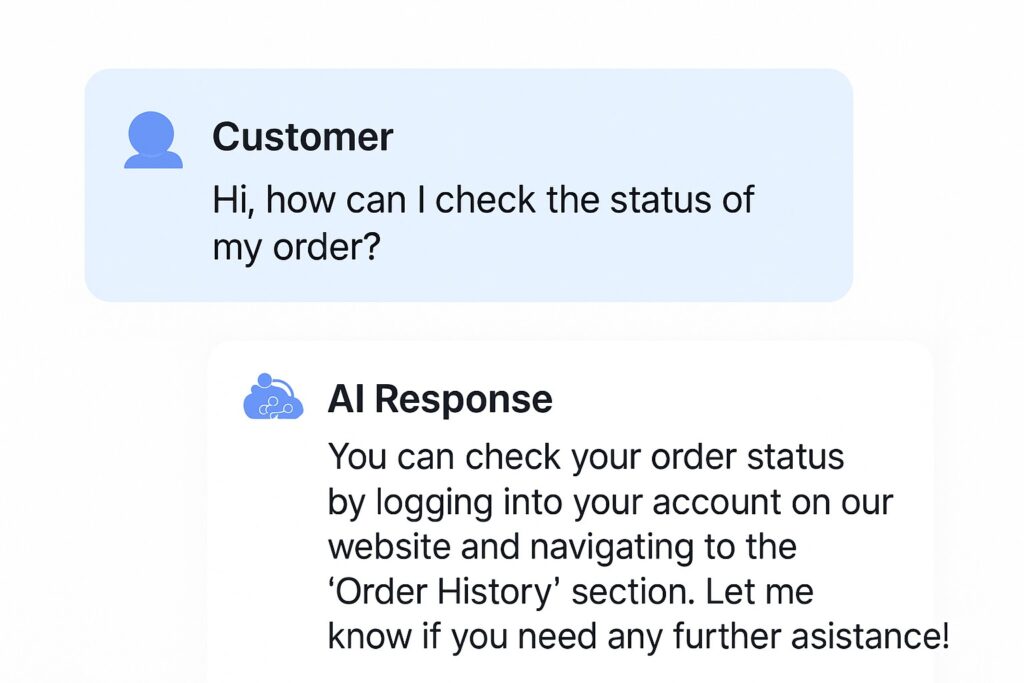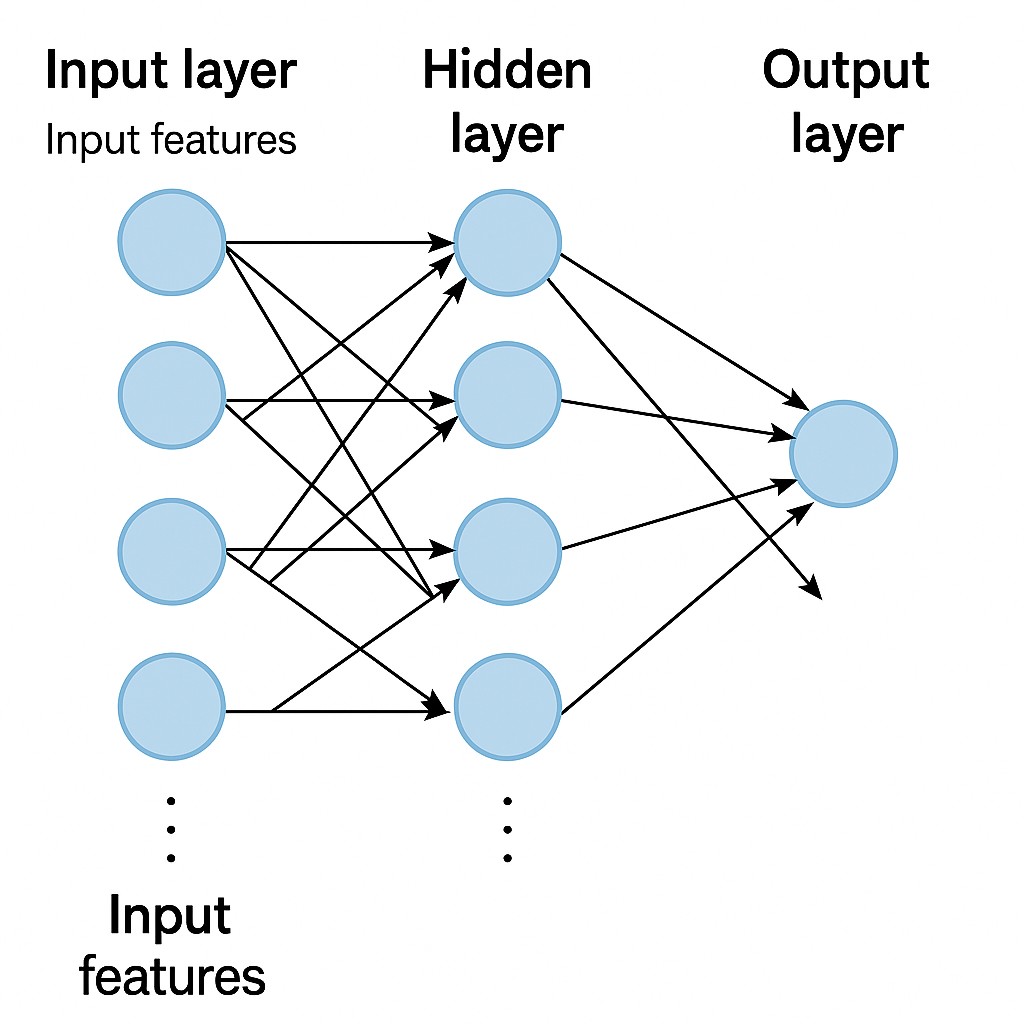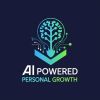The job market is no longer a distant future concept as developed by the Artificial Intelligence (AI). Whether you belong to the technical, marketing, healthcare, or financial field, with the new wave of AI, your opportunities for personal growth are extraordinary. The problem here is that to take advantage of this flowering market situation, people should know which AI skills are going to be in the most demand in the future.
This guide is intended to take you through the next-generation AI skills that will soon be shaking up 2025, leading from machine learning to prompt engineering, as well as how to start developing the necessary skills today.
1. Machine Learning (ML)
The Machine Learning, AI is these days backbone is. That is the process of learning from the data that machines make the decision or the prophecy without being told explicitly.
Why it matters:
Just for an example: It is ML that keeps Netflix running smoothly by not only organizing its movie collections but also suggesting suitable movies for individual users. As well, it is ML that helps identify banking transaction fraud. The mastery of these skills is a must for various positions in technology – data – data science, AI, business analytics, etc.
What to Learn:
- “Supervised & unsupervised learning”
- Linear regression, clustering, classification
- Tools: Scikit-learn, TensorFlow, PyTorch

2. Natural Language Processing (NLP)
NLP allows machines to comprehend and react to human language. With chatbots, AI writers, and voice assistants everywhere, NLP is an integral skill in many industries.
Real-World Uses:
- Chatbots and virtual assistants
- Sentiment analysis for brands
- AI writing assistants like ChatGPT
What to Learn:
- TensorFlow, PyTorch, QQ
- Advice Cleaning (Text etc.)
- Carrying out data mining and information retrieval

3. Reinforcement Learning (RL)
Reinforcement learning is a type of ML that allows an algorithm to learn through trial and error and gives…
Name of the process: tokenization, named entity recognition
- Identification of the feeling
- Supporting components for these tasks: NLTK, spaCy, Hugging Face Transformers3. Deep Learning & Neural NetworksDeep learning, a subfield of ML (Machine Learning), emulates the functioning of the human brain. Its features include but are not limited to facial recognition, self-driving cars, and medical diagnosis assistance.Must-Know Concepts:Convolutional Neural Networks (CNNs) Recurrent Neural Networks (RNNs) Generative Adversarial Networks (GANs

4. Data Engineering
AI cannot function without the good quality of data. Data engineering is a process in which data is collected, cleaned, and structured into a plural of big datasets so that they are able to be used as an input in the machine learning models.
Key Tools:
- SQL & NoSQL databases
- Apache Spark
- ETL pipelines (Airflow, Kafka)
Why It Matters:
The necessity of the involvement of the data processes is 80%. On the other hand, the importance of the work in the companies that are in the same sector is that there are some professionals able to manage the data pipeline and can be sure the data accuracy is there.
5. Prompt Engineering
Generating a good provision to the AI enables the AI to produce good quality output effectively. AI tools like ChatGPT, Claude, or Gemini are the examples of such generative-driven tools.
Where It’s Used:
- Content creation (marketing, writing)
- Coding help & debugging
- AI-powered customer service
Pro Tip:
Implementing effective prompts cut down time and improve output quality. This feature is necessary for those in marketing, teaching, and the tech field.

6. AI Ethics & Responsible AI
The AI’s emergence as the unrivaled power has concurrently led to ethical issues becoming front and center of the debate. As a result, companies are setting up a professional to change the course of their AI projects in order to comply with the requirements of fairness, equality, and transparency.
Core Concepts:
- Finding a way to identify and solve the problem of bias
- Making sure that the algorithms that are going to be used are fairness-to-design
- Arranging an XAI (Explainable AI) session
- Signals like data privacy regulations (GDPR, EU AI Act)

7. AI Integration with Business Tools
The main player of AI has not only gone out of the R&D lab, but also moved rapidly into the mainstream of day-to-day productivity tools. As a result, people are finding out how to embed AI in a contact management
Tools to Explore:
- Salesforce Einstein
- Microsoft Power BI with AI Insights
- Google Sheets + Gemini
- Automation with Zapier or Make
Use Cases:
- Automating reports
- Predictive sales analytics
- Generating insights from raw data
Where to Learn These Skills
Do not wait for the future, seize the moment, and start learning now. There are numerous platforms offering structured courses:
Recommended Learning Platforms:
- Coursera – Machine Learning by Andrew Ng, Deep Learning Specialization
- Udemy – ChatGPT Prompt Engineering, NLP with Python
- edX – Harvard’s CS50 AI track
- Fast.ai – Advanced DL tutorials (free)

Why It Will be Essential to Have These Abilities until 2025 and Beyond?
A survey by PwC projects that AI will generate more than $15.7 trillion for the global economy by 2030. Businesses are actively searching for talents that grasp AI as well as are capable of putting it into practice, and that too, in an ethical manner.
By focusing on these leading AI technologies, you are not only landing your dream job but also taking a step towards a secure and successful future.


